The 2025 high school graduation exam is the first exam under the 2018 General Education Program, featuring many innovations, particularly in the approach to knowledge acquisition and competency assessment.
Professor Bui Van Ga, former Deputy Minister of Education and Training, believes that the 2025 high school graduation exam is an important and necessary step forward, creating an organic and substantive link between general education and higher education.
Study hard, take the exam hard.
- Professor, what are your observations regarding the score distribution of the 2025 High School Graduation Exam?
- Looking at the score distribution of the exam, it can be said that this is a positive sign, a successful start for the first cohort of students under the 2018 General Education Program. This is demonstrated by the clearly differentiated score distribution, meeting the dual objectives: assessing graduation eligibility and providing reliable data for university admissions.

The most notable finding is that the score distribution for most subjects follows a near-normal pattern, with a relatively low peak and a wide range of scores on both sides. This result indicates that the exam was better designed to accurately assess students' critical thinking and application of knowledge, rather than simply testing their memorization skills. Regarding the exam structure, subjects like Mathematics and English, while more difficult, had a reasonable score distribution, reflecting a balance between challenge and accessibility for students.

In particular, the changes in students' choice of exam subjects clearly reflect the initial success of career orientation in the new program. Students being able to proactively choose exam subjects that match their strengths and future career aspirations has created a much more "realistic" score distribution compared to previous years, accurately reflecting the abilities of the group of students interested in those subjects.
Overall, the 2025 score distribution is reasonable, providing reassurance about a serious, fair exam that truly aligns with the spirit of innovation in general education . This is a step in the right direction, creating a solid foundation for educational reform in the coming years.
- The fact that there were 500 perfect scores (10 out of 10) in Mathematics is unprecedented in recent years, while public opinion after the exam suggested that the questions were unusually difficult. According to the professor, isn't this contradictory?
- The appearance of over 500 perfect scores (10/10) in Mathematics, despite the exam being considered more difficult, is not a contradiction but reflects the success of the competency-based differentiation approach in educational reform, as demonstrated by the exam results.
Firstly, the public's assessment that the exam was "difficult" is justified, given that the average math score this year has decreased compared to previous years. This shows that the exam successfully fulfilled its role of raising the difficulty level, requiring students to think more deeply rather than simply memorizing sample problems. This increased difficulty impacted a large number of candidates and lowered the overall average score.
Secondly, the appearance of over 500 perfect scores (10/10) also demonstrates another aspect of a good exam: the differentiation at the peak of the score distribution. The exam was designed to clearly classify the abilities of different groups of students, especially the excellent group oriented towards STEM fields. These students have a solid knowledge base, superior logical thinking, and are well-prepared for this type of aptitude test. For them, the high-level application questions, although difficult for the average student, are precisely the opportunity to showcase their uniqueness. Therefore, the fact that a certain number of candidates achieved perfect scores is inevitable and welcome, showing that we have a truly outstanding group of students.
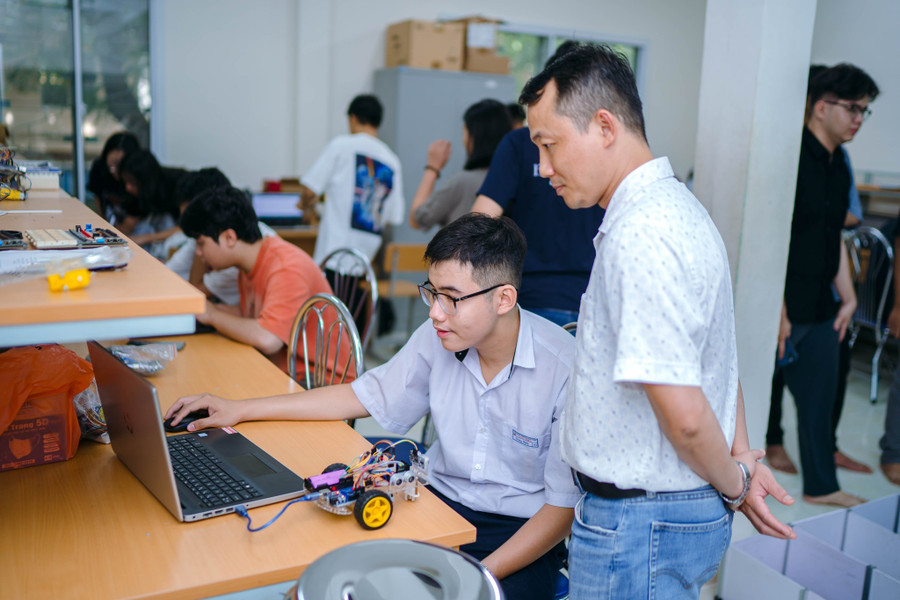
Thus, the exam results paint a complete picture of the score distribution: a gentle slope for the majority and a sharp peak for the best. This is a manifestation of a successful exam in achieving a dual objective: sufficiently difficult to ensure the seriousness of the graduation exam, while also having a sharp differentiation that top universities can confidently use the results for admissions. This result demonstrates the initial success of reforming the examination system towards "genuine learning, genuine testing," creating a foundation for higher education to select the right high-quality workforce.
Separate the group of students with superior thinking abilities.
- With a question distribution ratio of 4-3-3 across the levels of thinking (knowing, understanding, applying), Professor, is this sufficient to meet two objectives: using the results for graduation assessment while also ensuring good differentiation for university and college entrance examinations?
- The 4-3-3 question distribution across the levels of thinking—knowing, understanding, and applying—in the 2025 high school graduation exam is a very reasonable consideration, clearly demonstrating the exam's dual objectives. This ratio ensures that students' basic, foundational knowledge—a necessary condition for high school graduation—is assessed, while still allocating sufficient application questions to differentiate abilities and serve the purpose of university and college admissions. I believe this is a strategic step that effectively meets both of our goals.
Firstly, with 70% of the questions at the knowledge and comprehension level (a 4-3 ratio), the exam created a 'safe threshold,' ensuring the goal of graduation eligibility. This is the foundational knowledge and skills that any student completing the high school program must achieve. This year's score distribution shows that, despite the high difficulty and differentiation of the exam, the percentage of students scoring above average to qualify for graduation remains reasonable. This indicates that the basic part of the exam performed its role well.
Secondly, and most importantly, the 30% of questions are application-based, including high-level application questions. This section is the sharpest "measure" for classifying and selecting candidates for universities, especially those with high competition levels.
Looking at this year's math exam score distribution, this is very clear. The average score may not be high, indicating a certain level of difficulty, but there is still a significant number of students achieving perfect scores. This demonstrates that the exam structure has effectively differentiated students: separating those with a solid grasp of fundamental knowledge from those with exceptional critical thinking skills. This is a crucial source of input for training high-quality human resources at the university level.
As we have seen, the application of artificial intelligence in professional activities and problem-solving in life is an inevitable trend. Artificial intelligence helps workers reduce the amount of detailed, cumbersome knowledge and skills that consume human memory, allowing them to focus their energy on developing ideas, critical thinking, and designing solutions. Students with superior thinking abilities will certainly adapt well to the work environment in which artificial intelligence plays an increasingly important role.
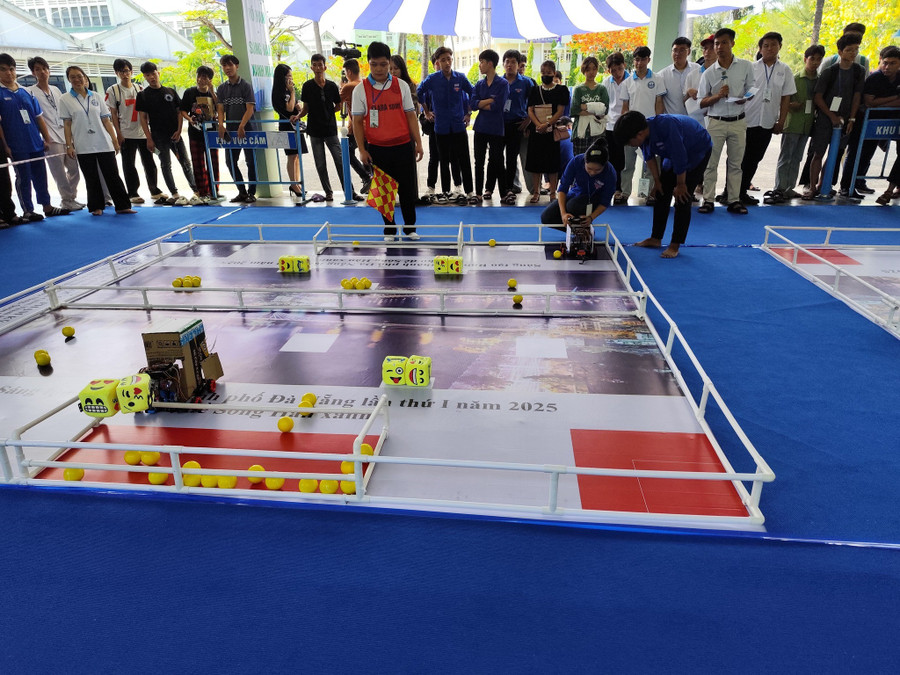
However, for the exam structure to be truly effective, the key lies not only in the ratio but also in the quality of each question. Application questions need to move away from the cliché of trick questions and unnecessary complexity, and instead focus on assessing problem-solving abilities related to real-world situations, requiring interdisciplinary thinking and creativity from students. Therefore, in my opinion, we need to train students in diverse, integrated application questions that relate to real-world situations, rather than simply trick questions. Furthermore, the disparity in average scores across subjects suggests the need to review the exam matrix to ensure consistency. Addressing these issues, the 4-3-3 ratio will become an effective tool to promote comprehensive educational reform.
- Regarding the 2025 high school graduation exam, according to the professor, has it created a connection between high school and university in terms of methods and objectives for evaluating the teaching and learning process?
- Absolutely. The 2025 high school graduation exam, with its clear shift from testing purely on knowledge to assessing application skills, demonstrates a fundamental innovation in exam design methods. Through this, students not only need to memorize knowledge but also develop important skills such as analyzing and processing data, quick reading comprehension, and choosing appropriate problem-solving strategies. These are practical requirements closely linked to the competencies needed at the university level.
I believe that changes in the way the 2025 high school graduation exam is designed are an important and necessary step, creating an organic and substantive link between general education and higher education.
Looking at this year's score distribution and the analyses above, it's clear that the exam is no longer simply a race of memorizing knowledge. Instead, it requires candidates to possess comprehensive thinking skills, deep reading comprehension, data analysis, and interdisciplinary application to solve practical problems. These are core competencies that universities demand from students: the ability to self-learn, conduct independent research, and think critically. When high school students cultivate and assess these skills, universities will receive a higher quality and more suitable pool of applicants, reducing the "gap" between the two levels of education that we often worry about. The exam has become a more effective "filter," not only identifying students with a strong foundation but also those with the potential for critical thinking and readiness for active learning methods at higher levels.
However, for this "connection" to be truly sustainable, it cannot come solely from the exam. It requires synchronized movement. High schools must truly innovate their teaching and learning methods, moving away from the outdated practice of teaching based on "model essays" and "model papers" to focus on developing students' competencies.
Universities need to continue innovating their curricula and teaching methods to embrace and maximize the potential of the new generation of students, equipping them with a different mindset from high school onwards.
Thank you, Professor!
The 2025 exam has laid a solid foundation for bridging the gap between high school and university. This is not just an exam, but a crucial lever, propelling the entire education system to move in the direction of competency development, meeting the demands of the digital age.
Source: https://giaoducthoidai.vn/khop-noi-bac-pho-thong-and-dai-hoc-nhin-tu-de-thi-tot-nghiep-thpt-nam-2025-post744243.html






















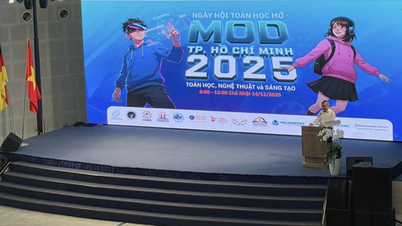


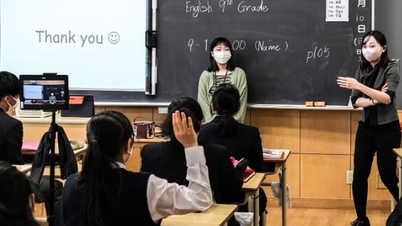








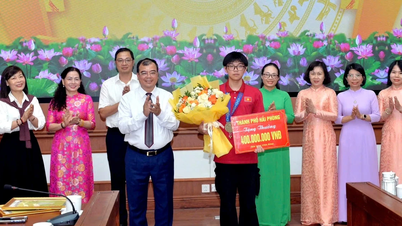

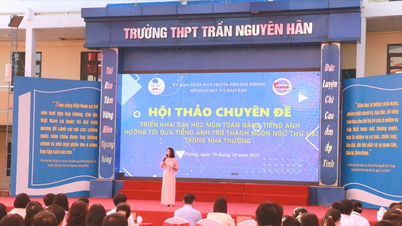
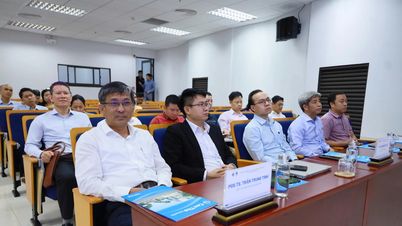
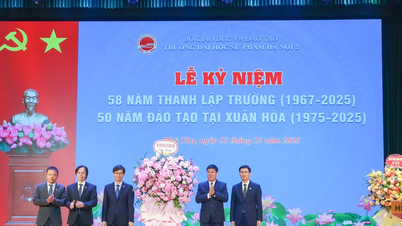












































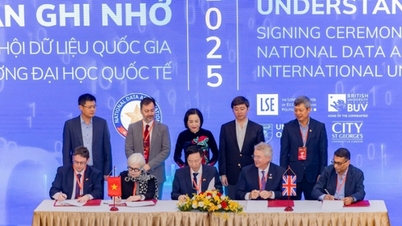























Comment (0)